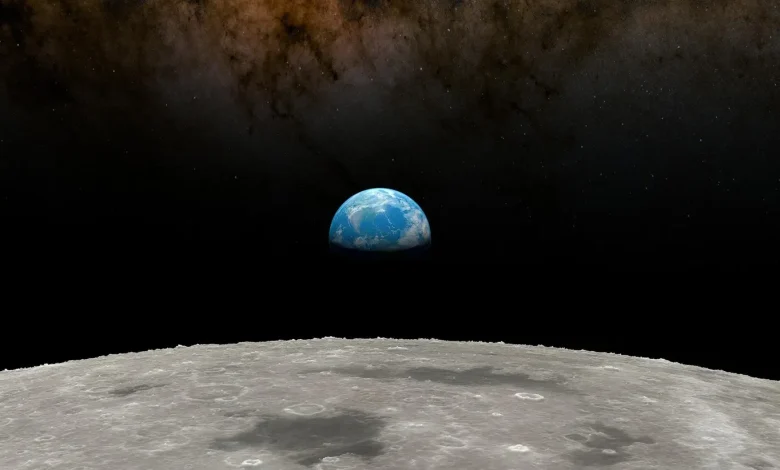Thursday’s Smallest New Moon Until 2043 Sets Up ‘Christmas Supermoon’

Topline
A rare astronomical event will occur on Thursday, Nov. 20, 2025, as a new moon reaches its farthest distance from Earth until 2043. Occurring four hours before the moon reaches its new phase at 1:47 a.m. EST, according to Timeanddate.com, it’s an event that happens just a few times in the moon’s 18.6-year cycle. The opposite will happen on Dec. 4, 2025, when the full moon will be closer to Earth than usual, creating a “supermoon.”
A new moon reaches its farthest distance from Earth until 2043 on Thursday, Nov. 20, 2025. (Illustration)
getty
Key Facts
On Nov. 20, the moon will be the farthest it has been from Earth since it was about one mile farther away on Mar. 24, 2020, and until Dec. 1, 2043, when it will be eight miles farther.
The average distance between Earth and the moon is 238,855 miles (384,400 kilometers), according to NASA. However, the moon orbits Earth in an ellipse, so the distance is always changing. As a consequence of the sun’s gravity, the most extreme points are at new and full moon.
Since a new moon is roughly between Earth and the sun — except during a solar eclipse when it’s more closely aligned — the moon will be lost in the sun’s glare, so the event won’t be visible.
Closest And Farthest Points To The Moon
The ever-changing distance of the moon from Earth is measured between the centers of each body. However, Graham Jones at Timeanddate.com calculated that a location in northeast Western Australia will, at around 398,600 km (247,700 miles), be the point on Earth’s surface closest to the moon at 02:46 UTC (9:46 p.m. EST) on Nov. 20. The farthest will be a point just south-east of Bermuda, at about 411,300 km (255,600 miles).
Read More





